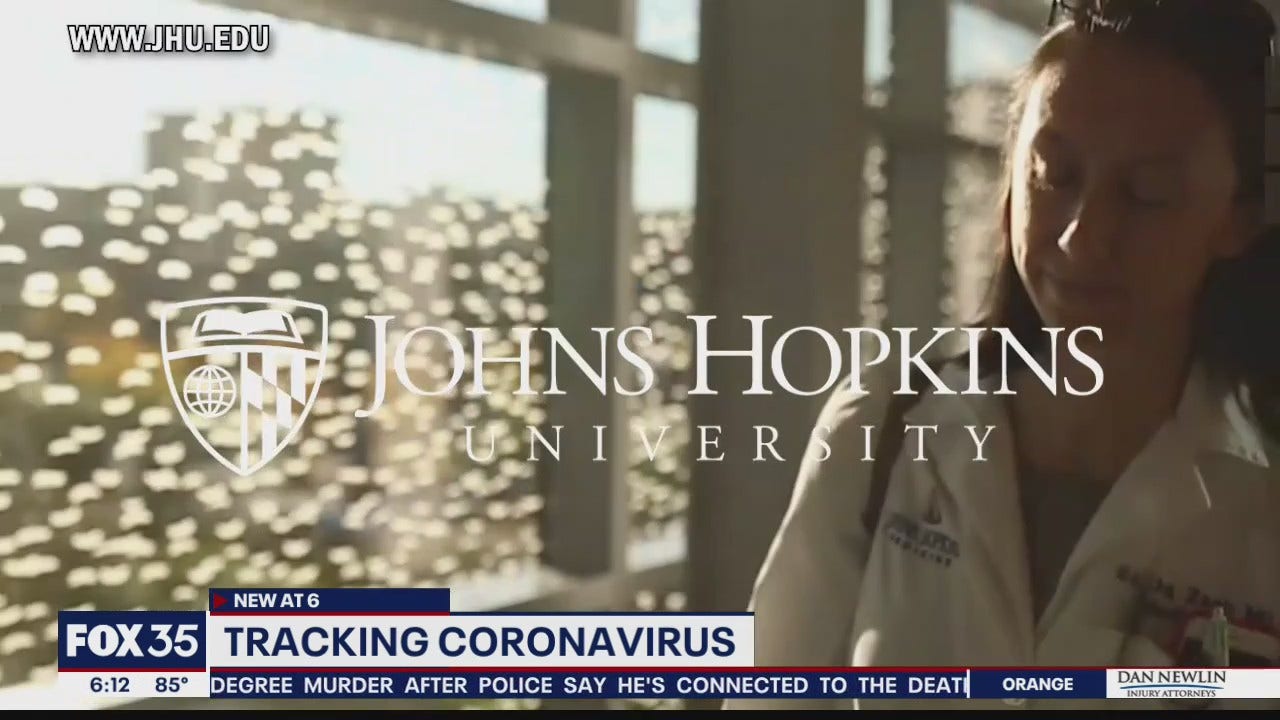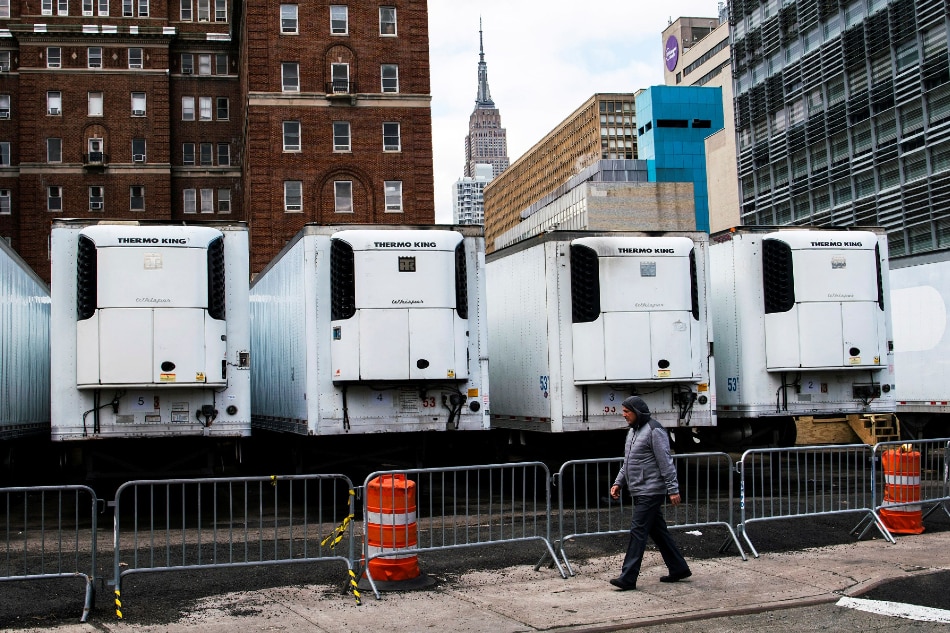

One may wonder when such guidance becomes irrelevant to those states that steadfastly relied on it to set public policy over the last two years. It appears this policy change is more of a reaction to states everywhere removing mask mandates despite the CDC’s guidance.

The Centers for Disease Control and Prevention has relaxed its mask guidance, a reversal of its staunch support for universally masking indoors just a couple of weeks ago.

School lockdowns were the worst lockdowns. The travesty of widespread school closures for protracted time frames should top the list of lessons-learned. Instead of being the last to close and first to open during infection-spike increases and decreases, too many localities closed schools first and opened them last, severely penalizing the one population cohort virtually unaffected by the disease. Law enforcement officers patrolled those beaches to make sure nary a soul was out there in those safer places.īeaches are one thing, but schools are another. One person - a governor in this case - had unilateral say to close off miles of shoreline that in hindsight would have been safer for people to pass time than being trapped inside apartment buildings. I grew up in Los Angeles County and the visuals of closed beaches were as surreal as anything I’ve ever seen. It brings to light problems with SIPOs (stay in place orders) that limited peoples’ access to safe outdoor places and instead forced them indoors, thereby increasing exposure to higher viral loads.

The John Hopkins report includes other salient points. Over the long haul, South Dakota’s COVID death-rate is about the same as that of Nevada and is significantly lower than Michigan’s, where - how can we ever forget? - early lockdown measures were so beyond the pale that one could shop at Home Depot for furnace filters but not a can of paint. Kristi Noem of South Dakota had it right all along by providing safety recommendations and then letting personal responsibility take over. What they do posit is that peoples’ personal behavior to prevent disease spread-from self-isolating when infected to regular social distancing and mask wearing-would have mostly happened in the absence of draconian government mandates, and that such mandates could not effectively monitor those essential behaviors anyway - at least not in the United States. A key conclusion found on page 43 under Policy Implications is particularly ominous: “ Such a standard benefit-cost calculation leads to a strong conclusion: lockdowns should be rejected out of hand as a pandemic policy instrument.”īefore denouncing the report for its outright opposition to forced lockdowns, it’s important to note the researchers do not dismiss the effectiveness of infection-prevention measures such as masks, social distancing, and stay-in-place practices. Nevertheless, some of the findings should resonate with anyone concerned about never again repeating past mistakes. It has not been peer-reviewed and the researchers have been criticized for having more experience in economics than public health. The report essentially found that forced lockdowns had little effect on reducing COVID-19 mortality.Īgain, this report was praised in some quarters (guess which ones) and chastised in others (guess again). Filled with weighted averages, funnel plots, and detailed analyses of non-pharmaceutical interventions, the report is not an easy read - but its conclusions are. The researchers set criteria to qualify 24 studies for the meta-analysis out of more than 18,000 studies published worldwide. The report is 62 pages long and constitutes a meta-analysis of studies worldwide about the effects of forced lockdowns on COVID-19 mortality. Depending on your news source, the report was praised as gold-standard research, discounted as biased or incomplete, or simply ignored. There’s been an interesting occurrence in the media on the recent report by researchers at Johns Hopkins University that analyzes the effectiveness of government lockdowns to reduce coronavirus-related deaths.


 0 kommentar(er)
0 kommentar(er)
